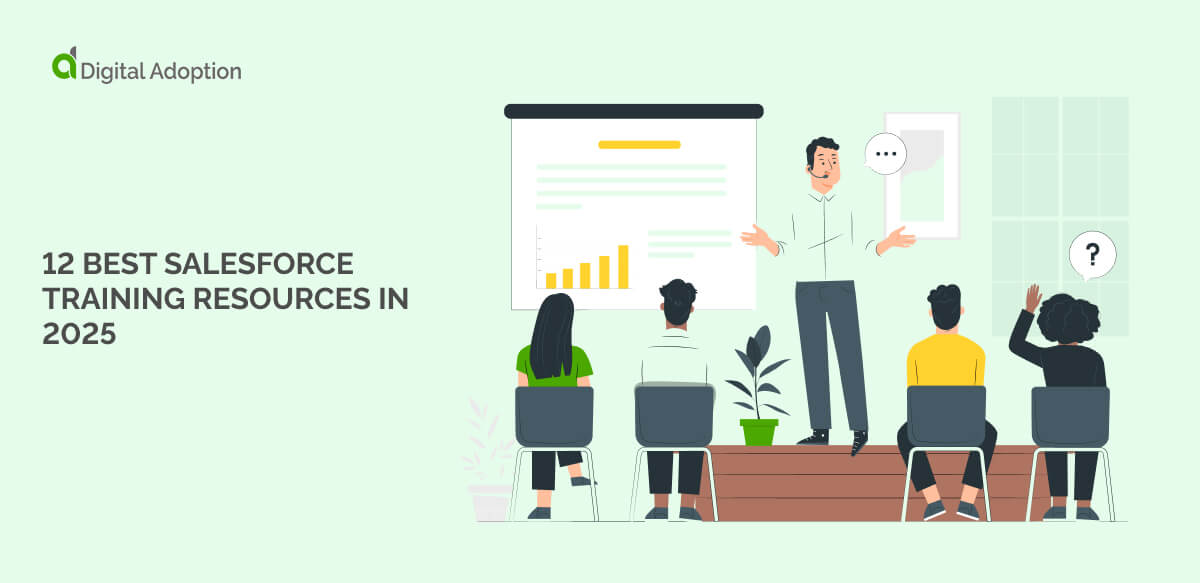What is Governance, Risk, and Compliance (GRC) and how can it help your business mitigate risks?
In this post, we’ll cover the basics of GRC by answering some of the most frequently asked questions about this topic.
Governance, Risk, and Compliance (GRC) in a Nutshell
Here are some of the answers to the most commonly asked questions about GRC:
What is GRC?
GRC, as mentioned, stands for Governance, Risk, and Compliance, an approach to managing, mitigating, and minimizing risk within an organization.
Unsurprisingly, the central components of this approach are:
- Governance. The management of an organization, its resources, its information, its assets, and other critical business functions, to ensure that these activities align with and support the organization’s goals.
- Risk. Any organization must be constantly evaluating the risks of potential investments, develop strategies for minimizing risk, and create response plans when necessary, such as business continuity plans and emergency response plans.
- Compliance. Compliance practices ensure that an organization adheres to regulations, such as data regulations, work regulations, and privacy regulations.
Developing this strategy will be assigned to a group of officers, such as Chief Risk Officers (CROs), legal teams, and other relevant department heads.
What are the benefits of GRC?
A GRC program is beneficial for several reasons:
- GRC is important for ensuring that your business is operating within the law
- Having a comprehensive GRC strategy can reduce the chances of making costly mistakes
- A cohesive GRC strategy also makes the management of risk easier and more affordable
- GRC plans can also help business leaders create preemptive response plans that reduce damages from disruptions
In short, GRC strategies streamline and simplify the process of risk management, which is an essential activity in any organization.
How can you create a GRC strategy for your business?
There are different approaches to GRC and the answer will depend on the organization in question, the industry, and those tasked with creating a GRC framework.
That being said, there are a few general principles that hold true regardless of the circumstances.
Here are a few best practices to keep in mind when developing an approach to GRC:
- First and foremost, learn how your organization views risk management, compliance, and governance
- Work with relevant professionals, from CROs to CIOs to legal teams, to gain a better understanding of the regulatory environment
- Ensure that GRC plans have a place in enterprise architecture and that risk mechanisms will actually be implemented in practice
- Apply frameworks to assist with this process, such as IT governance frameworks and enterprise architecture frameworks
- Create metrics and KPIs that can be used to measure performance throughout the process
Ultimately, GRC should be an integral part of the organizations’ approach to risk management, though, as with any other risk management approach, adoption can be a challenge.
What are the challenges of implementing GRC?
Challenges will vary from organization to organization – in some instances, it may be quite difficult to secure buy-in from leaders.
In other cases adoption may be much easier. For organizations already operating in a heavily regulated industry, for instance, it will be easy to make a case for the adoption of a comprehensive GRC strategy.
Other challenges can include:
- The logistical difficulties of changing workplaces, workflows, protocols, and procedures
- Demonstrating the ROI of GRC
- The costs of making the change
- Resistance to change on the part of employees
Unfortunately, these challenges are just the beginning. There are, of course, ongoing challenges associated with implementing any risk management program, such as keeping up with changing regulations and staying cost-efficient.
Despite these challenges, the rewards of implementing a GRC strategy are far greater than the risks of not implementing one.
What is the relationship between IT and GRC?
Risk management and IT have become more and more intertwined in recent years, which means that IT and GRC must go hand-in-hand.
There are several reasons why IT plays such a large role in GRC strategies:
- Cyber threats are ever-present and pose an ongoing risk to organizations in every sector
- There is an increasing need for compliance when it comes to data and privacy
- IT investments also require risk assessments and risk mitigation plans
Digital technology and digital innovation are become central pillars of the modern organization. And the greater the role that technology plays in the contemporary business world, the more important it will be to manage IT-related risk and compliance.
What is the future of GRC
Tomorrow’s risk landscape will look far different than today’s. In large part, this shift will be due to the ongoing digitization of the global economy and the business world.
For instance, as emerging technology continues to transform the business landscape, we’ll see the introduction of new risks at an accelerated rate.
In such a dynamic and disruptive environment, risk mitigation will become increasingly important.
Here are a few trends to expect:
- The use of cognitive technologies to inform and augment human decision-making
- The adoption of more controls, such as sensors, to monitor and maintain compliance
- Investments in innovation will continue, even if they are riskier
- Disruption will hang like a dark cloud over risk officers’ heads, compelling significant changes both to organizational strategies and risk strategies
While every organization is different, these types of trends all tend to center around digital transformation and disruptive change. Keeping up with such changes will require, among other things, an informed and modern approach to GRC.







![18 Examples of AI in Finance [2025]](https://www.digital-adoption.com/wp-content/uploads/2025/06/18-Examples-of-AI-in-Finance-2025-300x146.jpg)
![14 Examples of AI in Manufacturing [2025]](https://www.digital-adoption.com/wp-content/uploads/2025/06/14-Examples-of-AI-in-Manufacturing-2025-300x146.jpg)




